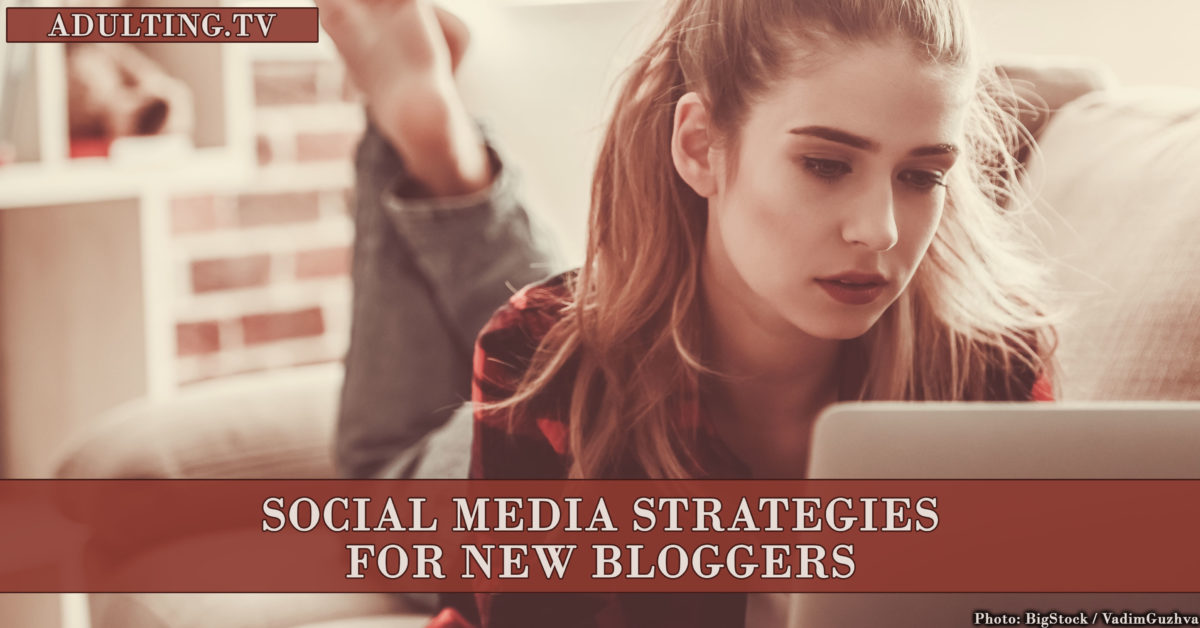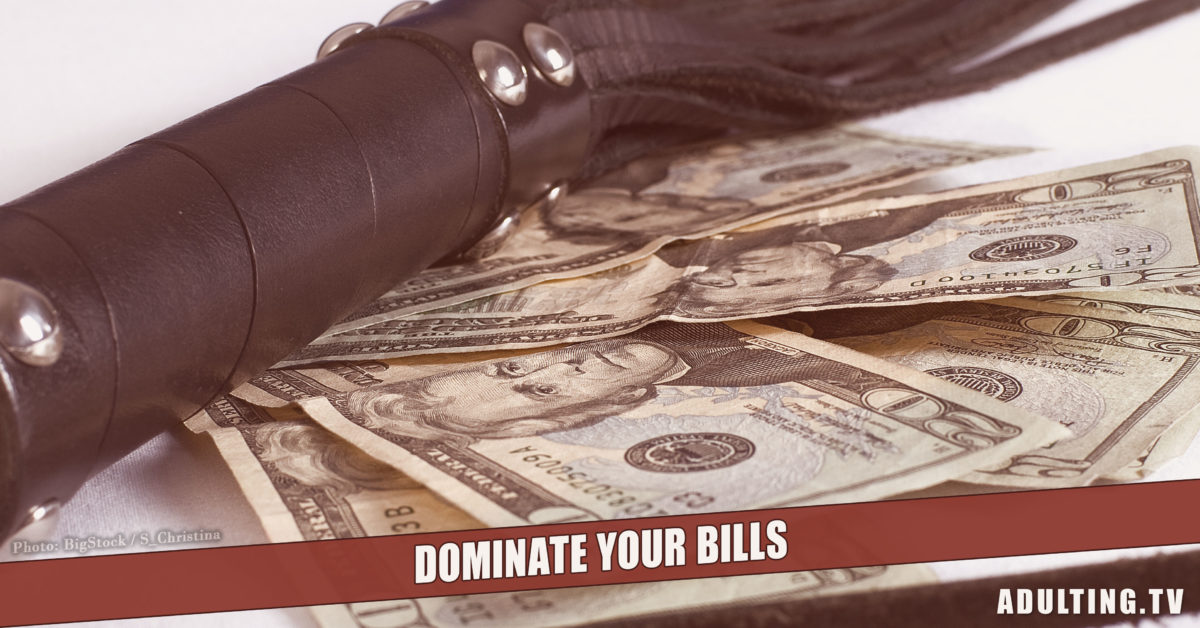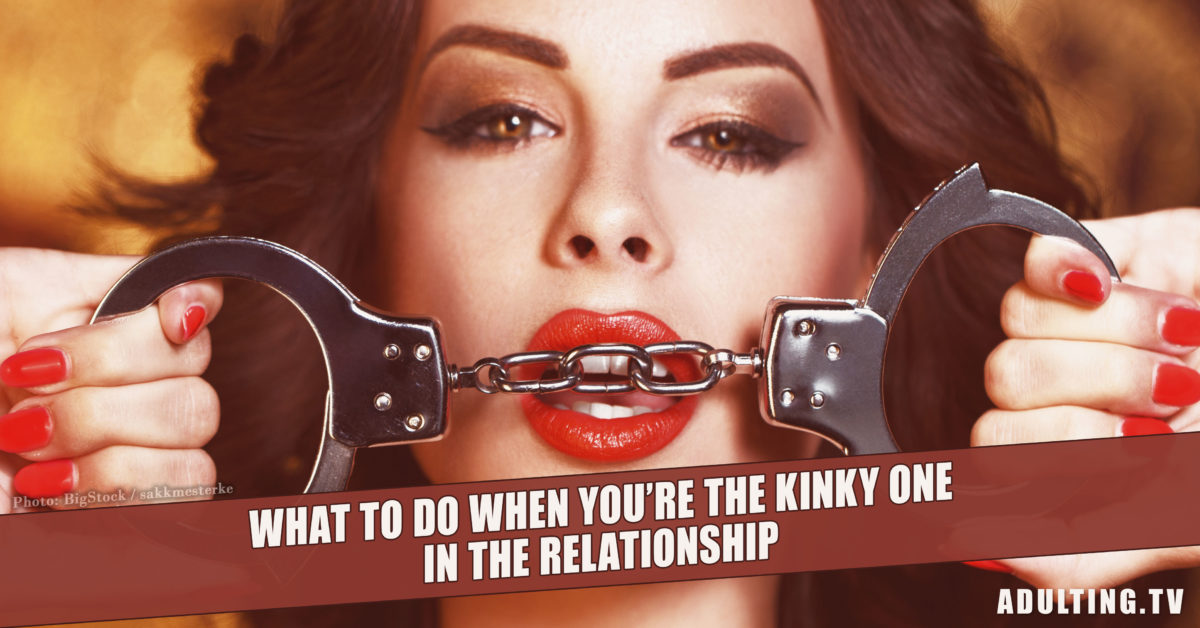This blogger makes $111,000 a month. This guy makes $17 million a year. She makes a good six-figures a month.
Blogging is fun and a great way to make money if you do it right, but the path from $0, or from being in the red because of start-up costs, to three figures per month can be elusive.
What should a new blogger consider to go from red, or flat, to black? A critical component of a blogging strategy is social media strategy.
The blogosphere is part of the virtual world. Therefore, it’s important to use virtual marketing in a way that lets the virtual world know you exist and how you help your readers.
As personal finance bloggers who talk to the LGBT community, what’s worked for us and the bloggers above have been different. Based on your blog’s focus, personality, and audience, you will also need to develop a unique social media plan.
You may need to nuance what I write below to better target your demographic. But, this will give you some direction from my personal experience.
Social media is plain marketing.
At its simplest, a social media strategy is just marketing. It’s different (but not much different) than when businesses pay for advertisements on the radio or television.
But, this is why I love the new gig-economy so much – the barrier to start a business today is so much lower than in the past. Unlike the old economy when you needed a lot of money to advertise on the radio and television, which could take all your revenue or savings, you don’t need to invest thousands of dollars into advertising today. You can start with a few advertising dollars and then scale up as your business grows.
Besides cost, compared to traditional advertising, another difference lies is in the name. Social media lets you be social with your readers, listeners, followers, or whatever you call the people you connect with and serve. The ability to engage with your audience is HUGE. You can talk one-on-one with them. You can follow them on social media, as they follow you, and it’s not creepy.
Engaging on social media is great because it lets you learn about your audience, how they talk and what they need. Learning about your audience helps you create the content, products, and services they need.
Rather than investing thousands of dollars in market research about a product or service you want to provide, a simple poll on Facebook or Twitter with an $100 Amazon gift card is all you need.
So, what social media strategies do you need? That depends on who you are, what you blog about, and where your audience is.
No matter what, you probably need to be on Facebook.
There are two gigantic players in the virtual world and no matter your feelings towards them, you need to learn to live and work with them. They are Google and Facebook.
To work with Google, you’ll need to learn or hire someone who is good with Search Engine Optimization (SEO). For this article, we’ll focus on Facebook.
Yes, there are reports that Facebook usage is down and even lower for younger people, but to some extent, everyone is on Facebook. My 77-year-old mother and father just joined Facebook this summer. While they still don’t get it, they’re on Facebook, and they’re at least stalking people.
To promote your blog on Facebook, you’ll want to create a business page. For many reasons, I’d advise against mixing your blogger profile on your personal profile. However, the first people who will follow your business page will be your friends, family and colleagues. So, don’t be afraid to invite them from your business page to like your business page.
It is, however, okay to share some of your personal life on your business page. Personal updates as they relate to your blog topic are significant. The occasional quirky or non-blog topic related updates are engaging. Being too off topic too often, though, will confuse your audience.
For your lead image, so the virtual world knows you’re a human, it’s ideal to use your image. You can superimpose your blog or brand logo over your image, so the other humans learn your brand.
From your business page, hook and link to your latest blog article. Provide enough information on your Facebook post about your latest blog article that’ll capture your followers’ interest, then provide the link to your article followed by a period (.) so Facebook doesn’t make your link disappear.
Likewise, you’ll want to include an image on your Facebook post that ties with your latest blog article. The image size should be 940px x 492px and include zero to minimal verbiage. Facebook now owns Instagram and images with too many characters aren’t permitted on Instagram. Consequently, Facebook’s algorithms also won’t promote posts with images that have too much verbiage. This throttle will slow traffic to your blog.
Add Facebook Pixel to your blog. Just like social media allows you to engage with and learn more about your audience, Facebook Pixel lets you learn even more by capturing demographic information about who visits your blog. This additional information will help when you create ads with Facebook Audience to target your blog articles, products and services to specific audiences.
Every Facebook post on a business page can be boosted to reach a bigger audience. There’s a blue button at the bottom right of each post that says, creatively, “Boost.” This feature lets bloggers choose high-level demographic information (location, interests, age, etc.) to promote their post to particular audiences. This is ideal for getting started and requires a minimal investment of money.
That said, it seems that once Facebook learns a business page owner will pay to promote posts, it does whatever it can to incentivize more paid post promotions by that business owner. Keep that in mind before you start paying and make sure you’re prepared to pay more money more often.
Facebook Audience complements Facebook Pixel in that it lets bloggers drill deeper into the demographic information (income, the number of lines of credit, zip codes) of a blog’s audience captured by Facebook Pixel.
This level of information is helpful for all businesses, including bloggers, because you can target the right content, products, and services to the right audience, even more so than television advertising, and convert more traffic to your blog or sales of your goods and services.
Since you’re on Facebook, you may as well be on Instagram.
As I said, Facebook owns Instagram, and that’s why your images must be conducive to both social media platforms. Therefore, it makes sense to be on both. Consequently, there’s renewed interest in Instagram.
Instagram is where you share pictures and videos. This is especially ideal for food bloggers because who doesn’t love to look at or watch food? Instagram’s also good for fashion, photograph, and lifestyle bloggers. Essentially, any topic or niche with a good visual component is good for Instagram.
I’ll be honest, as a personal finance blogger, I’m still figuring out Instagram. Capturing the lifestyle component of being and living debt free seems to work. Also, appropriately using hashtags is important. For example, “#LGBT, #GayPride, #Homosexual” targets my images to people who use similar hashtags.
Twitter Is great for B2B.
Twitter is struggling to monetize itself, and it can feel like drinking from a fire hose, but Twitter is still relevant. A nightly news segment doesn’t go by that doesn’t include a tweet from some politician or celebrity, our current president notwithstanding.
For my business, Twitter has been great for connecting with other personal finance bloggers, investment firms, banks and financial publications, and influencers and celebrities. The relationships that I’ve built with investment companies and banks have been valuable to my business because they let me create brand ambassadorships that have made me good money.
Connecting with my fellow personal finance bloggers and celebrities has been icing on the dough. The connections I’ve made with financial publications have built my most consistent stream of income as a personal finance freelance writer.
Create a Twitter profile for your blog. Provide a brief profile description of who you are and what you do and, again, use a personal picture as the profile picture, so the Twitter-sphere knows you’re a human. Then, follow other bloggers in your niche, businesses you have an interest in and might be able to partner with, and other humans who you think may be interested in your blog.
For us, we frequently search “#LGBTQ or #gay” to find other LGBTQ people who may be interested in living successful financial lives.
After you follow people and businesses, engage with them. Like, comment on, and share their content. When you’ve engaged enough, occasionally tag them on a tweet that promotes a blog article of yours. Whether you tag anyone on a tweet or not, if you link to a blog article, write an enticing hook to your article in 140 characters or fewer.
Images, again, are necessary. Horizontal and clean are best.
Pinterest wants to be Google, so you may want to be on Pinterest.
Pinterest is investing a ton of money to be the alternative resource to Google and to appeal to men. Currently, most people on Pinterest are women. If you’re a women blogger blogging about any topic traditionally appealing to women: cooking, fashion, beauty products, home organization, etc., then you must be on Pinterest.
You may wonder why a gay personal finance blogger, who blogs for the LGBT community, has a social media presence on Pinterest. In 2015, Pinterest invested $15 million to connect specifically with men. Surely to holy Mother Nature, two to four percent of those men Pinterest reaches are gay.
Pinterest is uniquely more helpful to bloggers than any other social media platform because every other platform tries to keep its users on its platform. While the other social media platforms are essential in building an audience and traffic, the hoarding of traffic is a constant challenge for bloggers.
Pinterest, on the other hand, wants to lead its users to the content that’s most useful to its users with the long-game plan of being the alternative to, or replacing Google to its users.
Create a business account on Pinterest. Create up to ten boards that cover different topics related to your blog. This way people who visit your profile can see what you’re all about and then look and share your pins. For example, I have “Best of Debt Free Guys,” “Gay Travel,” “Money Podcasts” and more.
Describe who you are and what you do. Again, use a personal image on your profile. If you’re a straight man, it’s ideal if you include a picture with your wife or girlfriend and kids, if you have kids. The reason is that most Pinterest users are women and they typically think a Pinterest page by a man may not appeal to them. It’s branding, not sexism.
Post pins on your various boards as appropriate. Your pins should be “rich pins” – high-resolution images that relate and link to your blog article and are 1,000px x 2,000px.
This article includes enough information to start your social media strategy. One of the six-figure-a-month bloggers above has nailed the Pinterest strategy. So, click here, here, here and here to see what the pro is doing. That’s what I do.
Honorable mentions: LinkedIn and YouTube.
That’s my primary social media strategy. If your blog is more corporate-like or career-focused, you might try LinkedIn.
I dabble in YouTube videos but haven’t had the time to perfect them. I do okay in part because reading about money can be dry sometimes and videos let me inject even more personality than my writing. If you’re a beauty blogger/vlogger (video blogger), for example, YouTube may be the platform for you. Follow and learn from other vloggers.
Starting a social media strategy can feel daunting. I tried to start everything at once and failed several times. I’d recommend choosing one platform to start and then adding another platform once you get better with the previous platform. You may eventually learn that a platform you tried doesn’t work for you and that’s fine.
I’m glad I didn’t waste too much time on Periscope, even though when I saw U2 use it on their Denver visit, I was very tempted.
The important thing is that you start a blog because a blog is an excellent way to diversify your income stream or even replace the income stream you already have.
If you have a blog, how has social media – or the lack of a social media presence – affected your blog’s success? What is your favorite social media platform! Please share with us over at the #Adulting Facebook community.






